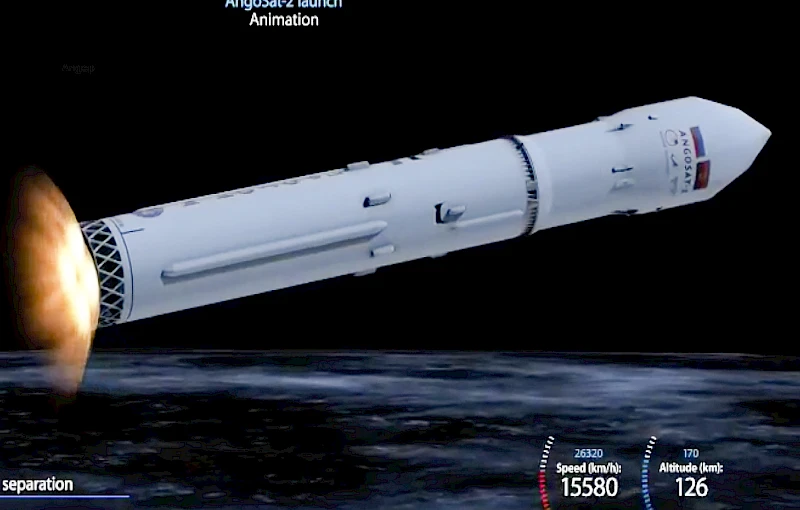Caxito – The Provincial Committee of the ruling MPLA party in the northern Bengo province praised Thursday the Angolan Executive for the launch of ANGOSAT-2, which it says will boost technologies and increase the country's recognition at home and abroad.
The praise is expressed in the final communiqué of the 2nd extraordinary session of the MPLA provincial committee in Bengo, chaired by the second party secretary, João Mpilamosi.
The meeting was meant to arrange the 7th extraordinary provincial conference on the 25th of this month.
The governor of the province of Bengo, Maria Antónia Nelumba, was presented to the members of the provincial committee as a candidate for the position of first provincial secretary of the MPLA in Bengo.
The plenary unanimously approved the candidacy of Maria Antónia Nelumba, the report on the current state of organisation and functioning of the provincial committee.
The participants also took note of the participation of the MPLA in the elections on 24 August.
Addressing a closing ceremony, the second provincial secretary, João Mpilamosi, said the holding of the VII extraordinary conference aims to guarantee the fulfillment of the resolution of the Political Bureau, in the sense of electing the new first provincial secretary.
ANGOSAT-2 has a transmission capacity seven times greater than that of ANGOSAT-1, which had 16 C-Band and six KU-Band relays.
With 15 years lifespan, the Angopst-2 also has six “transponders” in the C band, 24 in the KU bank and, as a novelty, a retransmitter in the KA band.
It is a high transmission rate (HTS) satellite, with a total weight of two tons, prepared to deliver 13 gigabytes in each illuminated region (satellite signal range areas). The same will be based on the Eurostar-3000 platform.
Construction of Angosat-2 began on April 28, 2018, at Airbus facilities in France, where the full satellite payload was installed.
The structure was then transferred to the Reshetnev ISS plant in the "closed" city of Zheleznogorsk, near Krasnoyarsk, in the Siberia region, where the carcass was produced and the starting mechanism installed.
This was followed by the transfer to the launch site of the Baikonur Aerospace Station in Kazakhstan, where it was launch into space orbit on Wednesday.
The new satellite arises in the strategy of the Angolan Government to reduce digital exclusion in the country, in particular, and in Africa, in general, allowing the expansion of telecommunications services to the most remote areas at competitive prices.
The satellite, which holds a number of services, has the capacity to cover the African continent, with emphasis on the southern region, and a significant part of southern Europe.
It arose with the mission to replace Angosat-1, the first Angolan satellite, launched into orbit on December 26, 2017, which faced space problems.
During the launch, there was a main loss of contact due to a power subsystem failure shortly after orbit, although communications were recovered, and subsequent problems with satellite power.
The artifact had been launched into orbit via Ukrainian carrier Zenit from the Baikonu Cosmodrome in Kazakhstan, Russian Federation.
Built following an agreement signed between Angola and Russia in 2009, Angosat-1 cost 360 million dollars to the coffers of the Angolan State.
The satellite had $120 million in insurance, which covered about 90% of its zero replacement in the event of destruction or eventual disappearance.
































